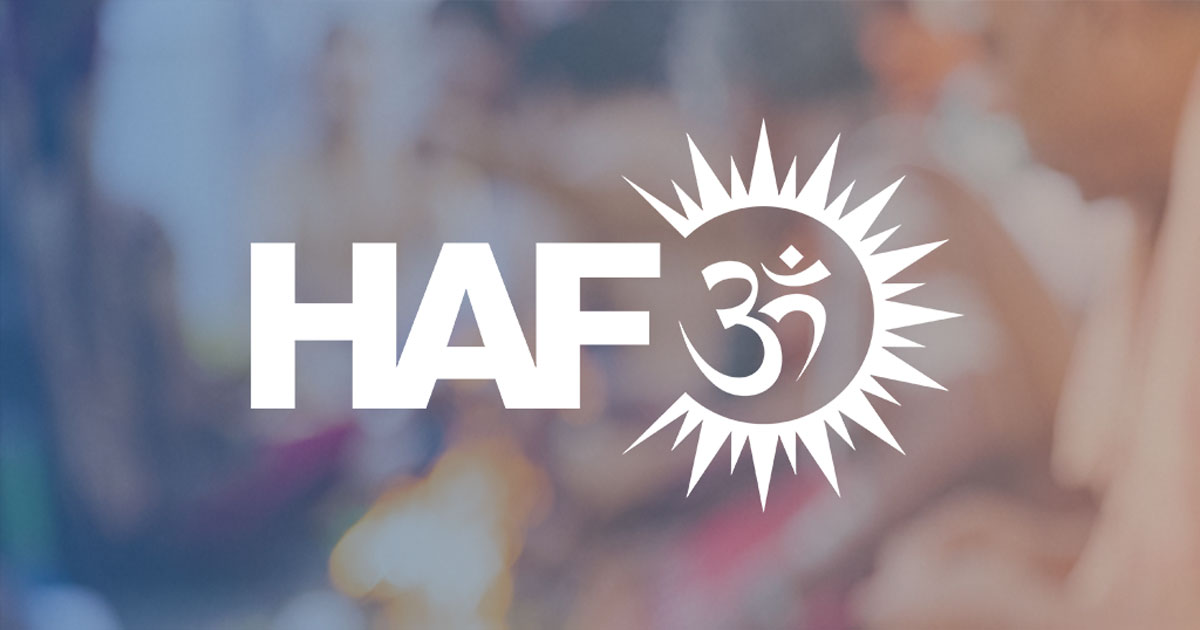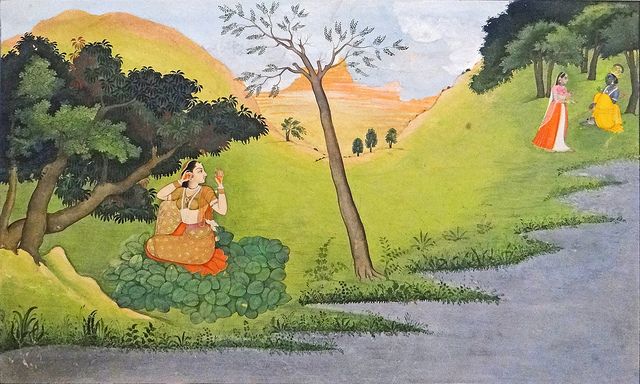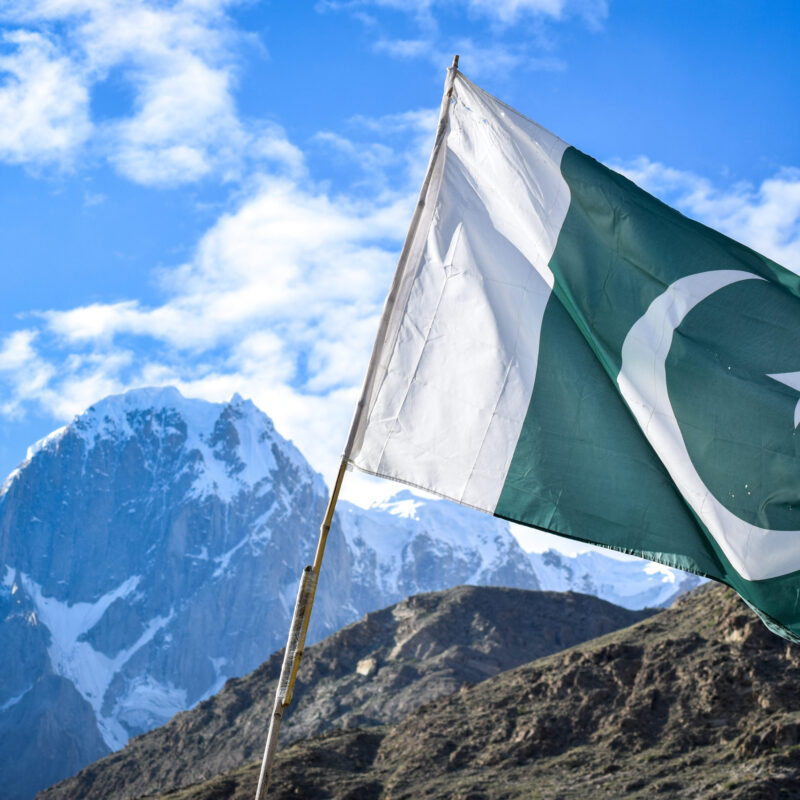
Do weapons belong in worship? Should clergy be armed? Do the Ten Commandments trump the Second Amendment?
Some New York-area rabbis are planning to bring weapons to High Holy Day services this month to guard against terrorist threats. In June, a Kentucky pastor invited his congregation members to bring their firearms to church to celebrate the Second Amendment.
Our Hindu temples, homes to murtis, or iconic representations of the Divine in various manifestations, lack not in majesty or kaleidoscopic colors, ornate–even gaudy–jewels bedeck the Gods in a vivid display of a devotional love of God. Multi-limbed our Gods are depicted. Not mutations, mind you, but emblematic of their superhuman attributes and limitless strength. These arms hold many things– flowers, a conch, a musical instrument, even gold. Each a powerful symbol imbued with scriptural relevance originating in the Sanskrit verses of the holiest of Hindu texts. There is more these Gods carry — a lustrous silver gleam catches your eye — jagged, multi-pronged, crescentic and sharp. Very sharp. As Hindus, where ahimsa, or non-violence, is standard fare–and Mahatma Gandhi shares the dais with demigods–we mere mortals are not armed to the teeth at a temple, but our Gods are!
Our temples are a virtual armory, and no God goes without the transcendental weaponry. There is the Trishul, or trident, brandished by Lord Shiva. The trident with its three points foists mayhem upon our demonic tendencies, but more often represents the past, present and future–all illusory aspects of creation that Shiva controls.
Lord Vishnu will not be seen in a temple sans the Sudarshan Chakra. A razor-edged discus, the chakra can be used to decapitate false values and low tendencies, but pictured with a glow, its spin represents the orbit of the cosmos around God and ultimate enlightenment.
The Goddess Durga, the very symbol of power in the Hindu pantheon, is always with a sword in hand. It may seem to exemplify the fierce aura of feminine power, but actually epitomizes knowledge–that possesses the sharp edge of a sword. It is used to kill the buffalo-headed demon Mahishasura who, like the buffalo, represents sloth, laziness and the baser instincts in every man.
And just as the Kings of England, or the Sergeant-of-Arms in the U.S. Congress wield the mace as a symbol of power and authority, so too has the weapon for many millennia been contemplated in the hands of Hindu deities. For them also, it is representative of God’s supremacy. Some weapons are universal, indeed.
If we return from this whimsical foray, let’s now face the horrific reality that our sacred houses of worship are too often real targets for violence. Shia mosques in Najaf, Gurudwaras, or houses of Sikh worship, in Canada, synagogues in Los Angeles and Hindu temples in Malaysia. All have faced the fury of the same demonic forces that the divine weapons sought to slay. When pluralism dies; when different ways of worship are seen as threats rather than celebrations of the Divine’s expansive beauty; when it is my way of worship or the highway; when I claim monopoly over the Truth, that is the root of terror in God’s name.
And while we must endure the sight, for example, of Indian soldiers lining the path to the holy Amarnath shrine to Lord Shiva in Kashmir to protect Hindu pilgrims from Pakistan sponsored terror–real life caricatures of guns in synagogues and churches become a sad distraction and farce. When priests arm themselves as soldiers, vulgarity and farce share a sad stage and minimize real threats of terror that require entire societies to mobilize. A rabbi with a gun in the face of a bomb blast would be as effective as a Hindu priest flailing a mace in the face of an arson attack.
Can we endeavor to restore a shred of sanity in our world, and leave the weapons to the Gods?







































